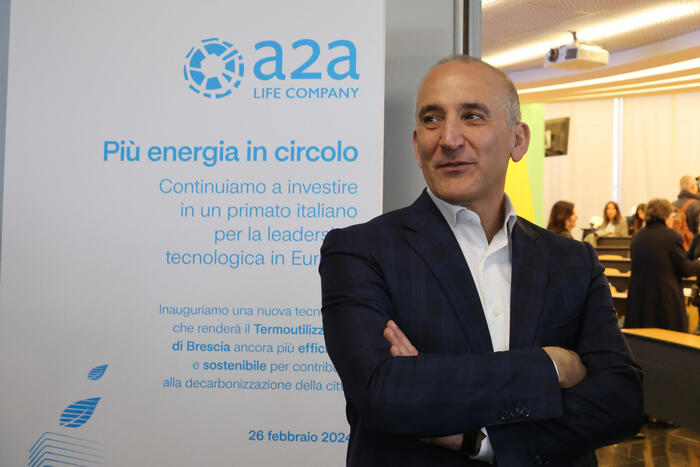Enlarge image
High filling levels desired:
displays in the Wolfersberg natural gas storage facility, south-east of Munich
Photo: Peter Kneffel / dpa
When does the auction model start?
Originally announced by Federal Minister of Economics
Robert Habeck
(52) for the summer, the gas auction model will now only be implemented from autumn.
According to the Federal Network Agency, it should be introduced from October 1, 2022, and the opening of the offer is planned two weeks beforehand.
What is the purpose of this model?
Since gas deliveries from Russia are stagnating, there is a risk that the energy supply will no longer be sufficient in winter.
The EU member states are therefore to reduce their average gas consumption by 15 percent as early as August 1, 2022, initially by March 31, 2023.
This affects both private consumers and industrial companies – the largest consumers of natural gas in Germany.
One would therefore like to provide an incentive for companies that have booked high gas delivery volumes to save part of their consumption and return the gas.
This can then be offered again on the market so that it becomes more liquid.
According to
Klaus Müller
(51), President of the Federal Network Agency, this should prevent the gas from having to be allocated by the state.
How does the auction model work?
According to the Bundesnetzagentur's plans, the auction will take place via the Trading Hub Europe energy platform.
Christian Hampel
, energy expert and partner at the law firm BDO Legal, explains the process to manager-magazin: "Providers from the industry should be able to place their offers for the provision of gas quantities as external control energy via Trading Hub Europe. Trading Hub Europe can then make the offers in the event of of a bottleneck. The most favorable offers are awarded the contract. In this way, industrial customers should be able to use a high degree of flexibility to influence the times at which it makes sense to throttle or switch off their gas supply. The costs should be paid in the form of a levy by the gas traders or suppliers are borne. They are therefore also a cost component of the gas price for the end customer."
Is the model effective?
The effectiveness of the auction model naturally depends on the detailed design, which will not be announced until the summer.
Anyone who can use the model should actually benefit from it.
BDI President
Siegfried Russwurm
(59) has already spoken out in favor of distributing scarce gas through auctions if necessary.
However, the model does not create any incentives for structural savings, which will certainly also be necessary.
However, the possible additional expense of companies that convert their needs to other energy sources than gas can be compensated in this way.
What are the advantages?
"Such an auction model is a control over the market and therefore better than many other ways of dealing with this shortage situation," says energy expert Hampel.
In particular, the model gives industrial customers the opportunity to decide for themselves when the gas supply will be throttled or even shut down in their production process.
"If instead the network operator or the Federal Network Agency had to make decisions as load distributors as to who would still get gas and who would not, that would no longer have anything to do with a market economy," says Hampel, "and the individual situation of the individual companies in very limited, if any, consideration in this situation."
Where are potential problems lurking?
There are currently some exorbitantly high prices for gas on the market – these will probably also be reflected in the auction model.
"However, given their flexibility, this could actually make it attractive for industrial customers to offer corresponding quantities in the auction," says Hampel.
But not only the prices will play an important role in the attractiveness of the auction model, but also the further design of the conditions.
A minimum size of 1 MWh is currently planned in order to be able to take part in the auction at all.
"This size and relatively short lead time could pose a problem for small and medium-sized companies," warns Hampel.
How long will the model last?
"We have to get through two winters," said network agency boss Müller recently, "we have a gas problem until the summer of 2024".
This means that if Russian gas supplies remain as low as they are now or even stop altogether, the gas shortage will remain in place for the time being.
It will therefore take some time to procure sufficient replacement quantities, for example via LNG terminals, or to save corresponding quantities of gas.
So the auction model should last that long.









